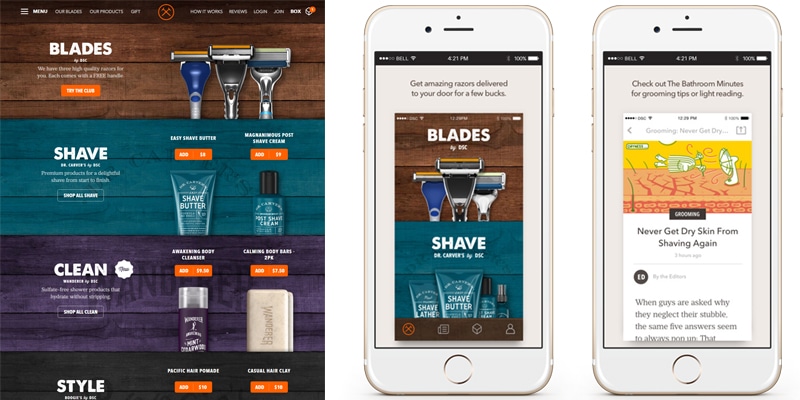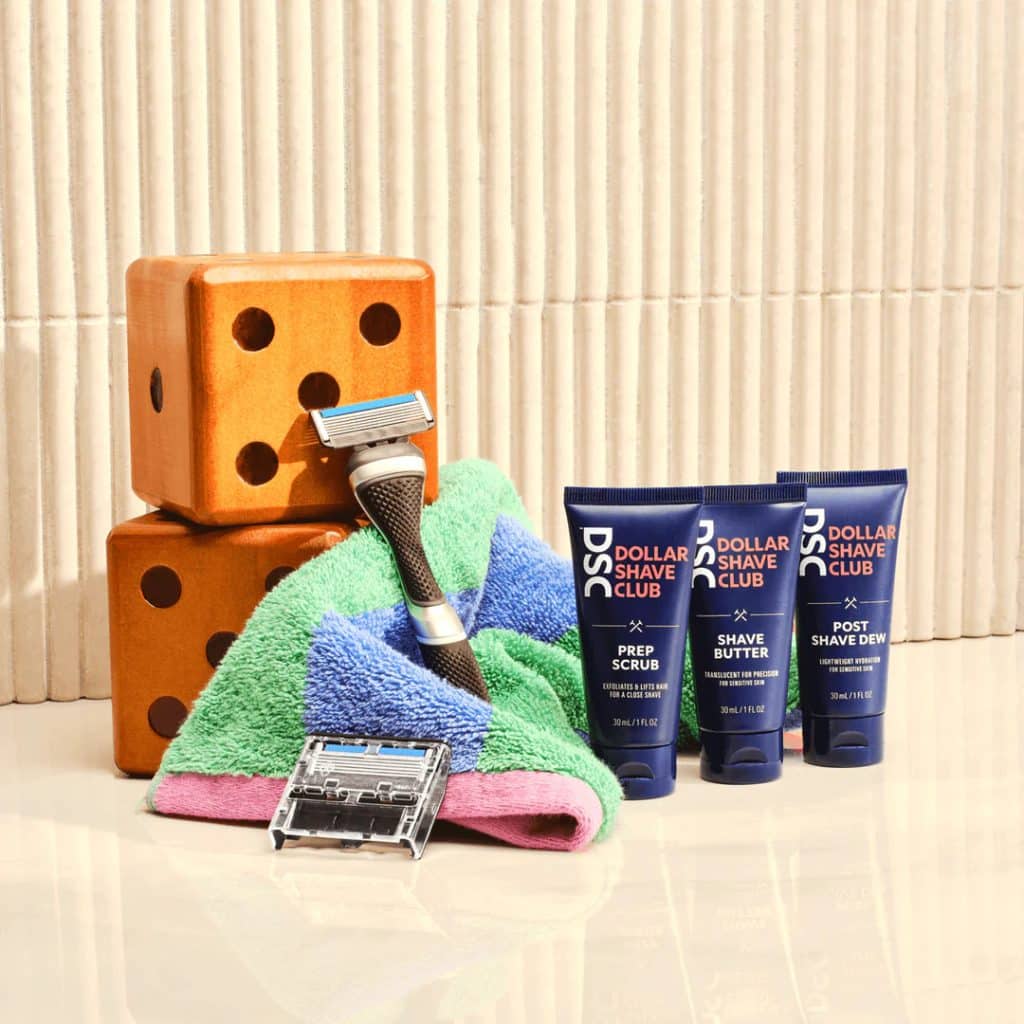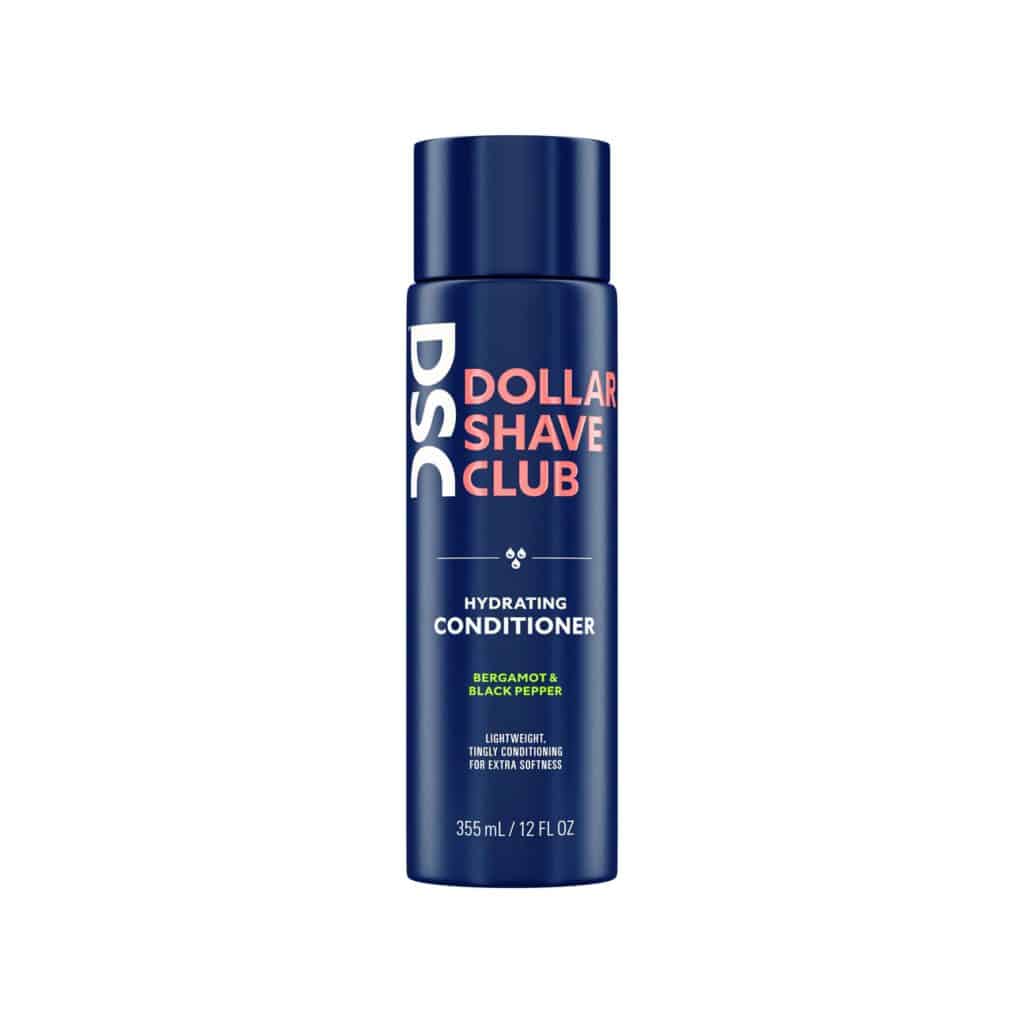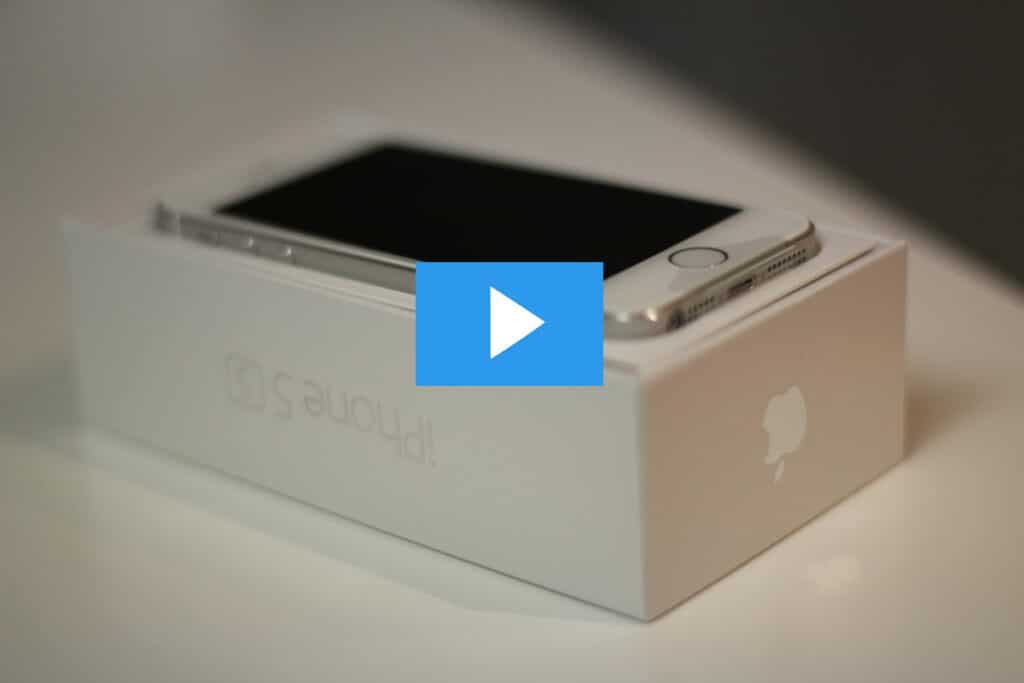Life is full of paradoxes and facts change by the speed of light. Years ago, all it took businesses to be successful was offering products of good quality at a reasonable price. As long as you made sure that the quality of the furniture, detergent, shoes, cars or razors you sold was superior to that of the competition, people would come to you to buy. You were pretty much set. Today, with the standardization of quality products, it’s getting more challenging for companies to differentiate themselves from their competitor. In fact, in a recent consumer survey we found that 60% of surveyed consumers thought that products by competing brands were very similar.
Another significant change: Technology has led to a shift in our information environment. The emergence of tools such as advanced search engines, aggregation tools, reviews, online video, social media, and other technologies have enabled consumers to assess the quality of products and services more easily. 88% of shoppers consult an average of 10.4 different sources of information before making a purchase. And when quality can be assessed quickly, people are less hesitant to try out new products and services — the barriers to switching are lower. It also lowers the barriers for newcomers to enter and disrupt these competitive markets in which they’ll enjoy higher chances for success — prime example being Dollar Shave Club who managed to disrupt the shaving industry. Digital technologies have promoted the growth of the so-called “switching economy” and the steady erosion in customer loyalty.
Brand loyalty and product allegiance have been declining for several years now. The paradox here is that while people explore more sources than before, we can also observe that consumers are consolidating their shopping destinations. They are more willing to stick to a select few retailers and brands, as long as they deliver. In 2013, PwC found that 43% customers prefer to shop at a maximum of two to five different stores. A more recent 2016 consumer survey by SMARTASSISTANT and SapientNitro found that already 67% customers in the US, UK and Germany shop at less than 5 different shopping destinations and only 10% shop at 9 or more stores.
Companies are forced to find ways to deliver value that goes beyond price and product. If you have a look at why retailers, banks and internet service providers consistently have had the highest consumer switching rates in the past decade, you’ll find that poor customer experience and service are the most prevalent reasons. Customer service and convenience determine whether a customer would visit once again, or take their business elsewhere.
So what does this mean to your business?
Essentially, it means that you need to act. A good shopping experience is of greater value to a customer than just a bargain. No more do consumers just compare a dozen different websites and choose the one with the lowest price. Instead, they frequent the chosen few websites that provide a smooth, enjoyable experience, even if it costs a little more.
Ergo, to boost customer loyalty and secure returning customers, you need to make sure your online store is equipped to provide a great customer experience. That’s right. The Customers 2020 report by Accenture shows that by 2020, customer experience will be more important as a differentiator in established key markets than low prices or large assortments – and emerging-market countries will follow suit.
In the long run, discounts will come to a plateau, bargain hunting will tire down and choice overload will further hurt sales. The only strategy that will prevail, is providing an excellent customer experience. The focus of any successful business strategy should hence be, to make your store the Point of Decision – the preferred place that customers come (back) to, to complete the purchase or seal the deal.
Succeeding with your Point of Decision Strategy
Becoming the Point of Decision is only possible if you stand out in the eyes of your customer by giving them a truly differentiated shopping experience. There are a number of features and functionalities you must offer to make this possible.
- Hygiene Factors determine if a customer would feel comfortable shopping electronically in the first place, or would rather ditch your online store instead. Your website design and content must reassure the customer that the transaction is secure, personal information is protected and privacy is being respected.
- Motivators are factors that help a customer choose your store over others. Seamless navigation, personalized recommendations, a great search functionality and a good customer support system are paramount.
- Media richness refers to all additional functionalities that can be added to make a website more attractive, fun and engaging. Community forums, social shopping features, interactive content such as product comparisons and product exploration capabilities or audio/video enhancements are a few of many options.
Your online store must have the right mix of all these elements so it becomes the ultimate place where a customer can get rid of all doubts, understand what she or he needs and make a decision. With the consolidation of shopping destinations quickly progressing, your business has a very real chance of becoming the one place where customers like to make a purchase. The question is – are you keeping up with the demanding consumers who now have more options, are more fickle and extremely tech-savvy? Is your store evolving to become the Point of Decision?
Dollar Shave Club is an interesting example of how a Point of Decision strategy works:
Checklist: Are you a Shopper’s Point of Decision?

Stage 1 – Products and Navigation – “Show me what you sell!” (Basic)
In order to offer true value to your customers, you need to make sure you have the right products that are easy to find.
Does your store feature
- Attractive assortment of products that is unique either in its broad variety or deep thematic selection, thus offering customers more than just a random medley.
- Effective and intuitive site navigation and/or site search functionalities that makes finding relevant products easier.
- Easy to navigate pages with genuine categories and no gimmicks. A good, simple, clear user interface can be crucial here.
- Mobile compatibility. We can’t stress this enough. You know the statistics. You cannot afford to miss the over 50% traffic that comes exclusively from m-commerce.
Example Dollar Shave Club: Clear overview of products, easy site navigation and a dedicated mobile strategy.

Stage 2 – Information – “So what do you really sell?” (Intermediate)
Different customers have different questions. Your online store must be able to provide all the necessary information and answer the key questions in a quick glance.
Does your store feature
- Detailed, structured and consistent product information that answers key questions about the products without demanding too many clicks and without being bland – Remember that emotion drives human behavior.
- Online product comparison tools. Letting customers compare selected products side by side helps them understand product values and benefits.
Example Dollar Shave Club: Detailed product information and easy comparison.

Stage 3 – Trust building factors – “Is it any good?” (Advanced)
Features that make your customers more comfortable with the online shopping experience, almost giving them a feeling of human contact, help build trust.
Does your store feature
- Third party ratings and reviews. Knowing how others who have actually used a certain product feel about it is one of the biggest deciding factors customers use. Openly showing them this data increases reassurance.
- Good storytelling, high quality product photography and/or videos. Need we say how important that is?
- Community forums and social shopping applications that allow shoppers to interact with fellow shoppers and seek opinions can be a great way to bring back the human aspect of shopping pleasure. Done properly, this can really set your store apart.
- Live Chat. This is probably the most convenient way consumers can find answers to their questions.
- Easy checkout, multiple payment methods compatibility and different delivery options. There’s no one size fits all, literally. You must be able to accommodate customers with specialized needs and expectations.
Example Dollar Shave Club: Social media marketing, great brand-storytelling and value proposition, reviews and a disarmingly bold introductory video that quickly went viral.
“I’m Mike, founder of DollarShaveClub.com. What is DollarShaveClub.com? Well, for a dollar a month we send high quality razors right to your door. Yeah! A dollar! Are the blades any good? No, our blades are f***ing great.”

Stage 4 – A Great Experience – “Why should I get it from you?” (Expert)
As we discussed, you must offer your customers a great experience that focuses on convenience, simplifying the process (easy shopping) and making customers feel valued and understood. Personalization is vital here, answering their concerns and connecting them with the best products for them is paramount.
Does your store feature
- Personalized recommendations. This is how you truly engage your customer and stay relevant by offering products that best fit the customer.
- Guided selling through interactive advisors, buying guides or product finders. Work with the customer to understand exactly what they are looking for and then personalize your offering.
- Dynamic and interactive content enriched with helpful media such as videos, sound and animation. Sometimes, just a picture isn’t enough. A video demonstrating how the product works, an animation highlighting the benefits are all tools that can strengthen a customer’s purchase decision.
- Great customer service before, during and after the purchase such as by providing shoppers with additional useful information, keeping them up to date on the delivery status of their order, answering questions or resolving issues quickly.
Example Dollar Shave Club: With their hassle-free customer experience and excellent customer service, Dollar Shave Club could quickly create an army of loyal brand ambassadors who spread the word about their razors and why they were worth buying: one of the most authentic customer relationships and communications, responsive customer service, and personal product shopping support:
“No more setups by friends whose hair is nothing like yours. No more hoping to get lucky in the hair aisle at the store. We help you meet, get to know, and fall in love with the perfect product.”

Interactive product advisor to choose the most suitable hair product
Conclusion
Customer experience is all set to replace price and product as the key differentiator in purchase decisions. That should be enough encouragement for businesses to refocus and reprioritize their marketing strategy.
The consumer today is more empowered than ever and gimmicks just won’t cut it anymore. A genuine effort to solve customers’ problems by carefully understanding their needs and selecting the right products will position your business to become the one place they come back to regardless of what flash sale a competitor is running.
Give them value beyond price and products, give them an experience instead. Eliminate the hassles, smoothen the transaction, innovate and digitize. That is when you will truly become the Point of Decision – the place where purchases are made.
Subscribe to our FREE newsletter and get new articles straight to your inbox!
Join over 70,000 people who want to stay inspired and help people decide.



![How Virtual and Augmented Reality will Influence Decision-Making [Infographic] | Guided Selling](https://www.guided-selling.org/wp-content/uploads/2016/06/generate_images_for_my_blog_post_post_title_is_-6.jpg)
